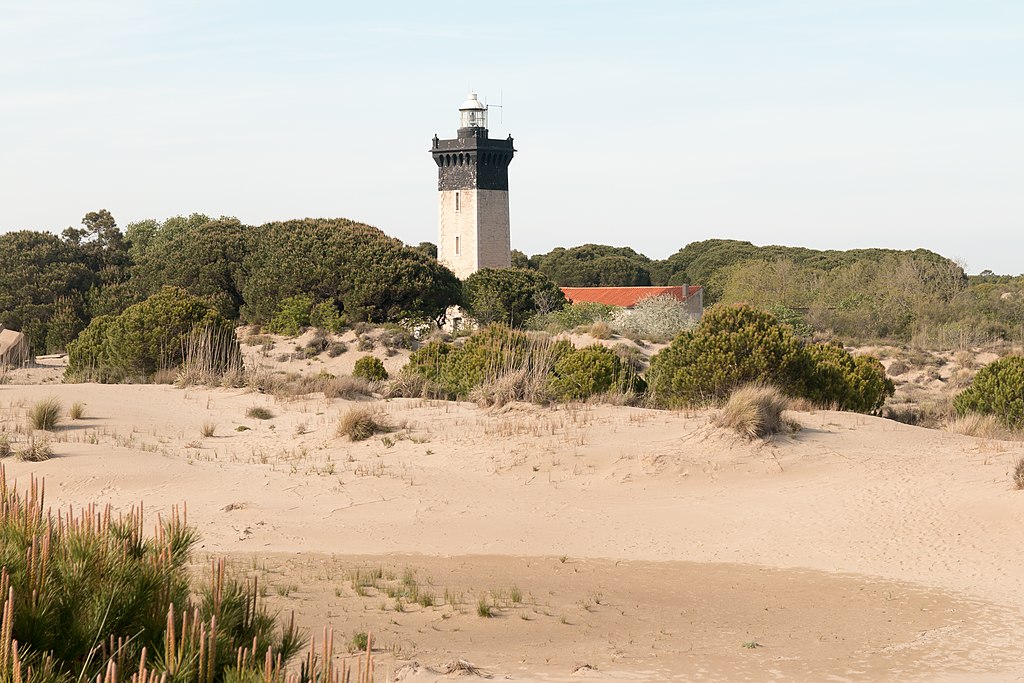Languedoc in the south of France is a popular holiday resort thanks to plenty of sunshine, great food, great wine and some great beaches. Beware, not all beaches are ideal.
For example, Argeles Plage is often cited as one of the best beaches in France – but there’s a catch. Split into two halves, the southern, more commercial end of Argeles may not appeal. Games arcades and garish bouncy castles spoil the atmosphere. Instead, head north up the beach to the more remote area to enjoy impressive views of the Pyrenees (still snow-capped in May). The beach is huge and deep, with fine sand and dense clumps of pine trees and grass separating the sand from the holiday homes and campsites beyond. Clamber around the rocks and you come to a much narrower area enclosed by steep rocks ideal for an intimate and secluded atmosphere.
Be sure to avoid the town beaches as those huge stretches of sand are only 10-15 minutes drive away from Languedoc’s major coastal cities of Montpellier, Béziers, Narbonne and Perpignan and are the most crowded. But they suffer from over-commercialisation and feature row-upon-row of cheap concrete holiday homes, tacky postcard shops and ice cream stalls, and tightly-packed crowds of bathers in the summer months.
Here is our list of the best beaches in the Languedoc.
Espiguette: Excellent

Le Grau du Roi, Pointe de l’Espiguette (c) wikimedia/Daniel Villafruela
The king of Languedoc’s beaches, Espiguette in Le Grau-du-Roi stretches for several kilometres to neighbouring Provence, and may well be one of the longest beaches in France, yet it is not often marked on maps. The fine sand beach is completely wild with an undulating landscape of sandy dunes with cacti bordered by beautiful clear waters. It’s around a 15-minute walk from the car park but its sheer size guarantees everyone their own space, and its remoteness makes for an utterly peaceful, relaxing experience. The further you go the more likely you will come upon a nudist section. Finish your day here with a drink at nearby Aigues Mortes.
Leucate Plage near the city of Narbonne is also a great beach destination. Fir-covered hills rise along this stretch of the coast, dotted with attractive villas. The village has the vibe of a relaxed Californian beach town, complete with surf shops and good restaurants serving up ultra-fresh seafood.
Cap d’Agde’s 6 beaches: Good to Excellent

Plage Richelieu, Cap d’Agde (c) wikimedia/Spedona
There are six beaches in this area, ranging from small coves (Plage de la Conque and La Plagette) through to long stretches of sand (Plage de Richelieu and Plage de Rochelongue). Plage de Roquille is covered with sea shells while Plage du Mole is very safe for small children, having a wide flat area of shallow water. Each one has a parking area nearby and only backed by footpaths, so not plagued by traffic noise. Unusually for this area, there is a rocky headland with magnificent views to Sete in one direction and the Pyrenees in the other.
Maguelone: Good

Maguelone beach (c) flickr/Sean Gillies
Further down the coast and away from the built-up mass beaches of Palavas and Carnon we find Maguelone. The beach is relatively slim but quite long, and is very popular with nude bathers and gay men. It’s quieter than the big Montpellier beaches. Parking is free if you’re prepared to walk – whereas paid parking is quite close to the beach itself. A beach bar/restaurant offers sun loungers and umbrellas for a price.
La Grande Motte: OK

La Grande Motte (c) wikiedia/Jjoulie
La Grande Motte is a huge and very famous seaside resort that, in summer, is absolutely crammed with hundreds of thousands of eager holiday makers. It’s not a particularly up-market sort of place, with rather ugly concrete high-rise apartment blocks looming wherever you go. The beach here is not very big either, and so gets absolutely packed in summer – but it’s well served with restaurants and amenities and activities for children.
Banyuls-sur-Mer: OK

Banyuls-sur-Mer (c) wikimedia/cedric.lacrambe
Banyuls is a nice enough place. It’s smaller than Collioure and lacks its cach? – but the various restaurants and bars lining the beach promenade are perfectly pleasant. The beach, like Collioure’s, is small and pebbly, and really not the sort of place you’d want to sunbathe and swim. Far better to drive back up the coast to Racou or Argeles.
Carnon: Good for families
Carnon and Palavas Beach are the closest to Montpelier, just a short drive away and tend to be busy in the summer with locals. The beach is made up of smaller beaches created by large wave barriers. Families loved these beaches as facilities abound. The downtown beach is the most adapted for kids with a play area and a kids’ club.
You might also like to read:
5 great British beaches
5 top Greek beaches
